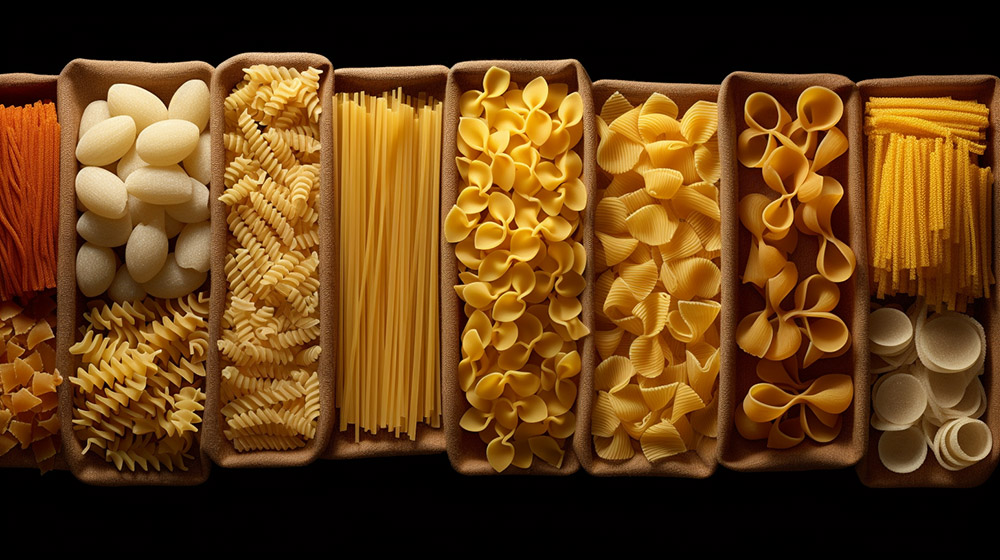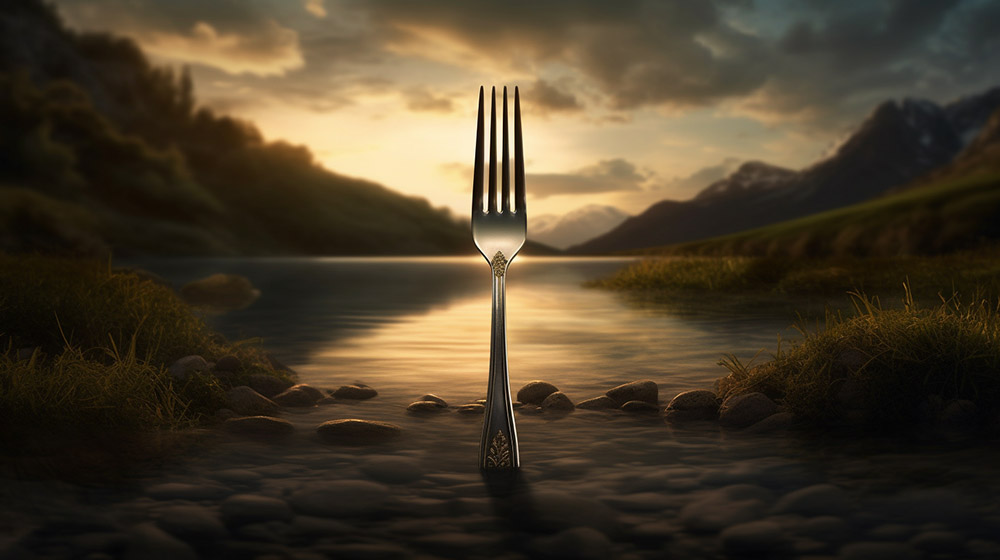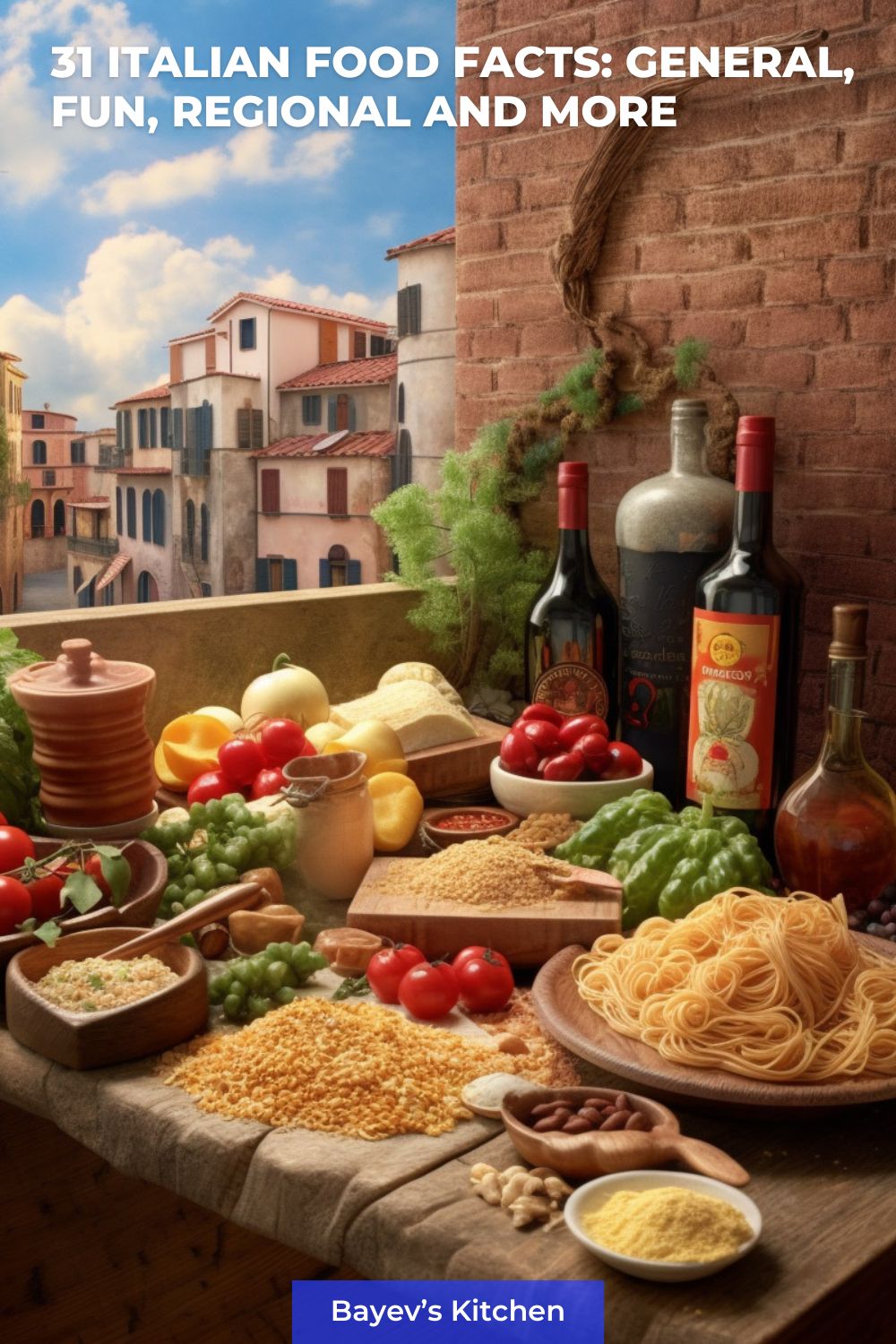Italian cuisine is known worldwide for its delicious flavors, versatile ingredients, and rich history. Here are over 30 interesting facts about Italian food, broken down into the categories of General Facts, Regional Differences, Popular Dishes, and Italian Eating Customs.
Main Ingredients
- Olive Oil:
- Significance: One of the pillars of Italian cooking, it is used in almost every dish, either as a cooking medium or as a finishing touch.
- Uses: Sautéing, frying, dressing salads, drizzling over finished dishes.
- Cultural Context: Italy is one of the world’s leading producers of olive oil, with regions like Tuscany and Puglia producing globally renowned varieties.
- Tomatoes:
- Significance: Introduced to Europe in the 16th century, tomatoes quickly became a staple in Italian cuisine.
- Uses: Sauces (like marinara), stews, salads, and pizza.
- Cultural Context: The San Marzano variety, grown in the volcanic soil around Naples, is particularly prized for making sauces.
- Garlic:
- Significance: Adds depth and aroma to many Italian dishes.
- Uses: Sautéed in olive oil as the base for sauces, used raw in dishes like bruschetta.
- Pasta:
- Significance: An emblem of Italian cuisine.
- Uses: Prepared in countless ways, from spaghetti with meatballs to ravioli filled with ricotta and spinach.
- Cultural Context: Different regions have their own signature pasta shapes and dishes.
- Cheeses:
- Significance: Italy boasts a vast variety of cheeses, each with its distinct texture and flavor.
- Uses: Grating over dishes, stuffing pastas, or enjoyed on their own.
- Examples: Parmigiano-Reggiano, Mozzarella di Bufala, Ricotta, Gorgonzola.
- Herbs:
- Significance: Fresh herbs bring life and fragrance to dishes.
- Uses: Basil is frequently paired with tomatoes, while rosemary might be used with meats. Oregano is often sprinkled on pizzas.
- Cultural Context: Pesto, a sauce from Liguria, relies on fresh basil, pine nuts, garlic, Parmigiano-Reggiano, and olive oil.
- Wine and Grapes:
- Significance: Wine regions in Italy are famed for their quality.
- Uses: Used in cooking to add flavor to sauces, stews, and braised dishes. Balsamic vinegar, made from grape must, is a flavorful condiment from Modena.
- Cultural Context: Many Italian dishes, especially in regions like Tuscany, are traditionally paired with local wines.
- Meats:
- Significance: Meats are often used in moderation, as a flavoring agent rather than the main component.
- Uses: Meats like pancetta or guanciale might flavor a pasta sauce, and cured meats like prosciutto are enjoyed as antipasti.
- Cultural Context: Dishes like osso buco (braised veal shanks) or saltimbocca showcase Italian meat preparations.
- Seafood:
- Significance: Given its Mediterranean location, seafood is prominent in coastal regions.
- Uses: Anchovies, sardines, and squid are staples, especially in dishes from regions like Sicily or Venice.
- Beans and Legumes:
- Significance: A protein source in many rustic dishes.
- Uses: Lentils, chickpeas, and cannellini beans are often stewed or made into soups.
General Facts
1. Simplicity is Key
Italian cuisine is characterized by its simplicity, with many dishes having only four to eight ingredients. Quality, freshness, and minimal processing are valued over complex recipes or heavy seasoning. Each ingredient is allowed to shine, creating dishes that are flavorful yet straightforward.
2. The Role of Pasta
Italy produces over 600 types of pasta. From long, thin spaghetti to small, filled tortellini, pasta is a staple of Italian cuisine. Every region, and sometimes even individual towns, have their unique pasta shapes and traditions.

3. Importance of Olive Oil
Olive oil is a fundamental component of Italian cuisine, used not only for cooking but also for finishing dishes, creating sauces, and even baking. Italy is one of the world’s leading olive oil producers, with distinct regional variations in flavor and color.

4. Italian Cheeses
Cheese is a significant part of Italian cuisine, with the country producing hundreds of different kinds, including Mozzarella, Parmesan, Ricotta, and Gorgonzola. Each Italian region boasts its cheese specialties, often made using traditional, time-honored techniques.
Regional Differences
5. North vs. South
Italian cuisine varies greatly from the North to the South. Northern regions lean towards rich, buttery dishes, often featuring rice and corn polenta, whereas Southern Italy is known for its tomato-based dishes, olive oil, and pasta.
6. Seafood in Coastal Areas
Italy’s coastal regions, such as Liguria and Sicily, heavily feature seafood in their cuisine. Local catches like sardines, anchovies, and shellfish are often used in pasta dishes or enjoyed simply grilled.
Popular Dishes
7. Pizza
Pizza, one of the most popular Italian foods worldwide, originated in Naples. The most traditional version, Pizza Napoletana, has strict guidelines regarding ingredients and cooking methods, featuring a thin, soft, and chewy crust.
8. Lasagna
Lasagna, a layered pasta dish, comes from the region of Emilia-Romagna. Traditional lasagna Bolognese includes layers of pasta, béchamel sauce, and a meat ragu.
9. Gelato
Gelato, a softer, denser, and more flavorful version of ice cream, originated in Italy. Unlike ice cream, gelato is made with a higher proportion of milk and a lower proportion of cream and eggs (or none at all).

Italian Eating Customs
10. Italian Meal Structure
Italian meals are often structured in several courses, starting with antipasti (appetizers), followed by primo (first course, often pasta or rice), secondo (second course, usually meat or fish) with contorno (side dish), and dolce (dessert).
11. Espresso Culture
Italians enjoy espresso at various times throughout the day. It’s usually consumed quickly, often standing at the bar, and milk-based coffees like cappuccinos are typically enjoyed only in the morning.
12. Wine and Meals
Wine is a standard part of Italian meals, often paired to complement the flavors of the dishes. Italy is the world’s largest wine producer, offering a vast range of regional wines.
13. Slow Food Movement
The Slow Food Movement, which emphasizes traditional cuisine, local ingredients, and slower pace of life, started in Italy as a reaction against fast food. This movement now has followers worldwide.
Italian cuisine is a testament to the country’s rich cultural heritage and the Italian people’s love for quality and tradition. Each dish, ingredient, and eating custom tells a story about the regions, the seasons, and the history of Italy.
14. The Aperitivo Tradition
The aperitivo is a pre-meal drink meant to stimulate the appetite, usually enjoyed with small snacks. This tradition is particularly popular in Northern Italy but is appreciated all over the country.
15. Truffles – The Diamonds of the Kitchen
Italy is one of the leading producers of truffles, highly prized and expensive fungi used to flavor many dishes. The white truffle from Alba, in the region of Piedmont, is among the most sought-after and expensive in the world.
14. The Aperitivo Tradition
The aperitivo is a pre-meal drink meant to stimulate the appetite, usually enjoyed with small snacks. This tradition is particularly popular in Northern Italy but is appreciated all over the country.
15. Truffles – The Diamonds of the Kitchen
Italy is one of the leading producers of truffles, highly prized and expensive fungi used to flavor many dishes. The white truffle from Alba, in the region of Piedmont, is among the most sought-after and expensive in the world.
The Influence of History on Italian Cuisine
16. Influence of the Roman Empire
The Roman Empire significantly influenced Italian cuisine. Techniques, such as fermenting wine and leavening bread, were inherited from the Romans. Even today, many Italian recipes have roots in Roman cooking.

17. The Impact of Discovery of the New World
The discovery of the New World in the 15th century brought essential ingredients like tomatoes, potatoes, bell peppers, and maize to Italy. These ingredients are now integral to Italian cuisine, although they were not originally native to the region.
18. The Role of Monasteries
Monasteries played a significant role in the development of Italian cuisine. Monks preserved and recorded recipes, cultivated vineyards, and olive groves, and developed new cheese-making techniques.
Italian Desserts and Pastries
19. Tiramisu – A Recent Invention
Despite its worldwide popularity, Tiramisu is a relatively recent addition to Italian cuisine, first appearing in the 1960s. The name Tiramisu means ‘pick me up,’ a reference to the caffeine in the espresso-soaked ladyfingers.
20. Cannoli
Originating from Sicily, Cannoli are tube-shaped shells of fried pastry dough filled with a sweet, creamy filling usually containing ricotta. They are traditionally made for the Carnival season but are now enjoyed year-round.
21. Gelato vs. Ice Cream
While gelato may look similar to ice cream, it is churned at a slower speed than ice cream, making it denser and richer. Gelato also has a lower fat content than traditional ice cream.
22. Panettone and Pandoro
Panettone (a Milanese sweet bread with candied fruits) and Pandoro (a Veronese sweet, golden bread) are traditionally enjoyed during Christmas time in Italy. Each comes with its traditions and legends.
Fun Facts About Italian Cuisine
23. Pasta Varieties
There are more than 600 different shapes of pasta produced throughout Italy. Every shape is designed to hold a particular type of sauce.
24. Pizza Margherita’s Colors
Pizza Margherita is said to be named after Queen Margherita of Italy. The toppings of fresh tomatoes, mozzarella cheese, and basil were chosen to represent the colors of the Italian flag: red, white, and green.
25. The Slow Food Movement
The Slow Food Movement, which emphasizes traditional cuisine and opposes fast food, started in Italy in the 1980s. It now has followers worldwide.
26. Italian Coffee Culture
Espresso is a staple in Italian culture, but ordering a cappuccino after 11 a.m. is considered a food faux pas. Italians believe that milk can interfere with digestion.
27. The Longest Pizza in the World
The longest pizza in the world was baked in Naples in 2016. It stretched over 1.85 kilometers and was baked by more than 100 chefs.
28. Spaghetti Bolognese is Not Italian
The dish known as spaghetti bolognese does not exist in Italy. Instead, the city of Bologna is famous for tagliatelle al ragù, a pasta dish served with a slow-cooked meat sauce.
29. Italians Do Not Use Spaghetti in Fettuccine Alfredo
Fettuccine Alfredo is a dish that originated in Rome and is served with a sauce made of butter and Parmigiano-Reggiano. However, Italians do not typically use spaghetti in this dish.
30. The Invention of the Fork
The fork was popularized in Italy before any other European country, thanks to pasta. It was considered the best utensil to eat pasta with, leading to its widespread use.

31. The Pizza Capital
While pizza is popular throughout Italy, Naples is often considered the pizza capital of the country. The city is known for its Neapolitan style pizza, characterized by a thin and soft crust.

